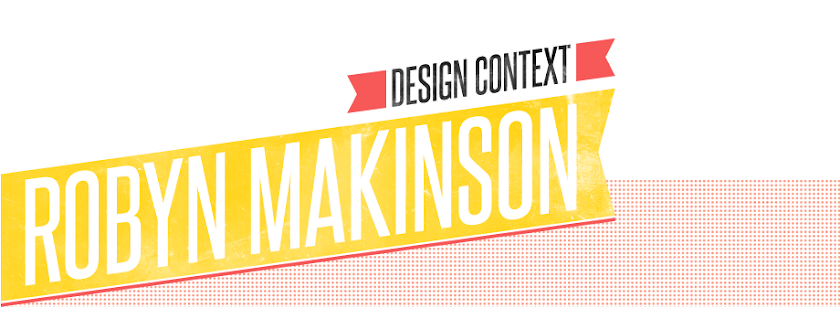Graphic Design is a far spanning complex machine seen pretty much everywhere these days. A place where I feel it features heavily but is not necessarily noticed is within Film and Television. An example of a person in the media who likes to integrate design and advertising, albeit subtlely, within his films is Quentin Tarantino. He creates fictional products and designs packaging and advertisements that feature in several of his productions. Its sort of a private joke for people who know a little bit too much.

Red Apple Cigarretes: a fictional brand that features in Pulp Fiction, From Dusk Till Dawn, Four Rooms, Kill Bill, Planet Terror and even his latest feature Inglourious Basterds. The brand has become so recognized that merchandise has been created in dedication to it.

Big Kahuna Burger: Another example of a fictional brand advertised in Tarantino movies is this particular Burger joint. The effort gone to convince people it was a real chain included setting up a website with a list of locations. This might not seem impressive now but when the website was first set up in the nineties it was seen as incredibly intriguing.
Its not just the fact I like Tarantino that made me put him up on this blog. He does something for the industry, and shows true dedication by going to great lengths to convince his audience to really 'believe' in his films.































